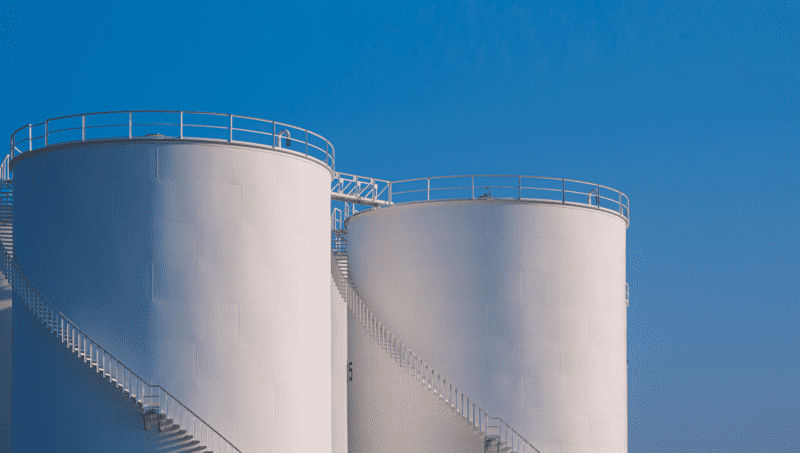S&P Global Offerings
Featured Topics
Featured Products
Events
S&P Global Offerings
Featured Topics
Featured Products
Events
S&P Global Offerings
Featured Topics
Featured Products
Events
Solutions
Capabilities
Delivery Platforms
News & Research
Our Methodology
Methodology & Participation
Reference Tools
Featured Events
S&P Global
S&P Global Offerings
S&P Global
Research & Insights
Solutions
Capabilities
Delivery Platforms
News & Research
Our Methodology
Methodology & Participation
Reference Tools
Featured Events
S&P Global
S&P Global Offerings
S&P Global
Research & Insights
S&P Global Offerings
Featured Topics
Featured Products
Events
Support

Not sure what plan is right for you? Contact our team and we’ll find the subscription that works for you.
Welcome to precision data and analysis for fuels and refining. We provide a panoramic view across the entire spectrum of refined products and fuels. From gasoline to lubricants, our coverage spans every essential component, supported by industry-leading benchmarks. Our methodologies are robust, our data transparent, and our insights are objective, empowering you to make informed decisions and seize opportunities with confidence.
Publish some of the most prominent refined product price benchmarks in the industry such as U.S, refined products, MOPS (FOB Singapore), and the CIF NWE (Northwest Europe).
Industry’s largest oil price reporting team of 1200 across six continents. We have been covering the oil markets since 1909, establishing a legacy of trust and expertise.
In-depth analytics and financials on companies and owned assets around the world.
Unmatched depth and transparency in data with real-time updates, including bids, offers, and trade intentions.
Completely objective view of the markets with essential short and long-term insights that enable more informed decisions and opportunities to be spotted.
More than 140 downstream country profiles analyzing the value chain from refining through to retail.
Our Fuels and Refining price benchmarks and assessments provide the basis for trade across the refined products and fuels landscape. We provide over 95 Refined products price benchmarks and extensive market coverage with 1000+ Refined Products price assessments with full history.
We provide daily, weekly, monthly, yearly, and 25-year reports with global coverage, offering insights into demand for refined products, utilization rates, new refinery projects, and potential capacity adjustments. Whether you are selling, buying, or trading refined products, our Market Insights will provide you with the critical information you need to act with confidence.
We provide forward curve assessments of the global oil derivatives market, including spreads, and differentials including over 350 daily global forward curves to manage and hedge risk. Apply our extensive spot price history and proprietary quantitative techniques to offer independent verifiable sources of data to help you validate valuations and better align risk tolerance.
Our Fuels and Refining price benchmarks and assessments provide the basis for trade across the refined products and fuels landscape. We provide over 95 Refined products price benchmarks and extensive market coverage with 1000+ Refined Products price assessments with full history.
We provide daily, weekly, monthly, yearly, and 25-year reports with global coverage, offering insights into demand for refined products, utilization rates, new refinery projects, and potential capacity adjustments. Whether you are selling, buying, or trading refined products, our Market Insights will provide you with the critical information you need to act with confidence.
We provide forward curve assessments of the global oil derivatives market, including spreads, and differentials including over 350 daily global forward curves to manage and hedge risk. Apply our extensive spot price history and proprietary quantitative techniques to offer independent verifiable sources of data to help you validate valuations and better align risk tolerance.
Region | Platts Price Benchmarks |
|---|---|
North America | U.S. Refined Products |
U.S. Fuel Oil | |
U.S. LPG | |
LATAM | Brazilian Refined Products |
Europe and Africa | CIF NWE refined products cargoes |
FOB ARA Refined Products Barges | |
Mediterranean Refined Products Cargoes | |
APAC and Middle East | MOPS (FOB Singapore) Refined Products |
MOPJ Naphtha | |
MOPAG Refined Products | |
MOPFUJ Fujairah Refined Products |
Get the breadth and depth of market data, insights and risk from S&P Global Commodity Insights delivered when and how you need it.
Interested in this product?
Complete the form and a team member will reach out to discuss how our solutions can support you.





